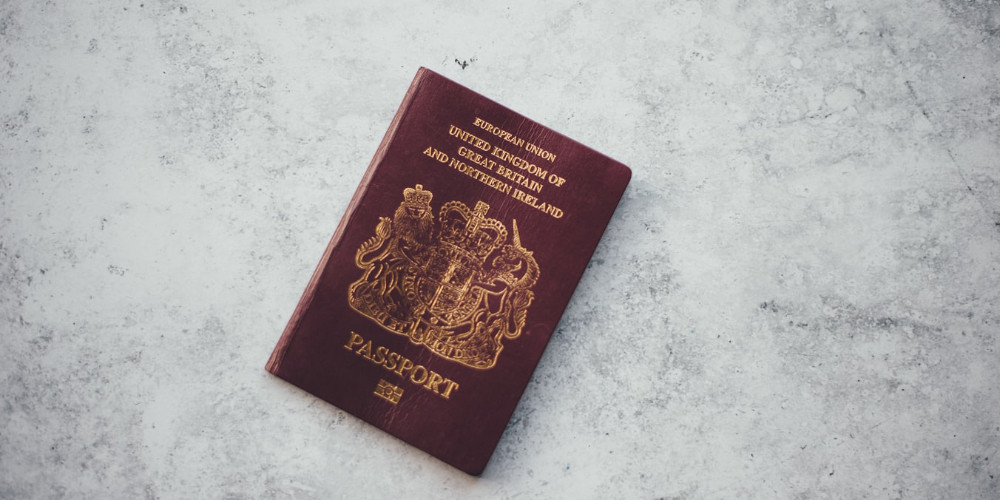
Travel is an integral part of many people's daily lives. People leave their countries for various reasons, traveling from one end of the world to the other. Passports are, of course, an integral part of the journey. If you are planning to travel between countries, in any case, your passport should take its place in your bag. Passports, on the other hand, have a colorful world of their own. Different countries choose different passport colors for their country's symbolic passports. On what basis are these colors chosen, and what do passport colors mean?
Passport Colors

There is no official body in the world that decides the different passport colors and even the form of countries' passports. Only the International Civil Aviation Organization gives specific recommendations to states and governments on how to write the information contained in the passports they use, each size, font. The fact that passports must be suitable for folding and transportation and that the information contained in them should be legible and accurate are simple examples of these recommendations. Although there is no clear decision or law on the color and design of passports, the passport designs of almost all countries in the world are very similar. The colors of passports issued in the form of a simple rectangle, although there is no regulatory rule, vary only between the four colors and their tones. Passports of all countries, without exception, contain certain shades of red, blue, green, and black. States and governments determine these colors. There is no exact information or source in the whole world as to why these four colors are used. The only reason is that these four colors look more formal than the others and are more suitable for passports. The choice between these four colors is usually made considering the country's politics, religion, history, and culture.
Red Color
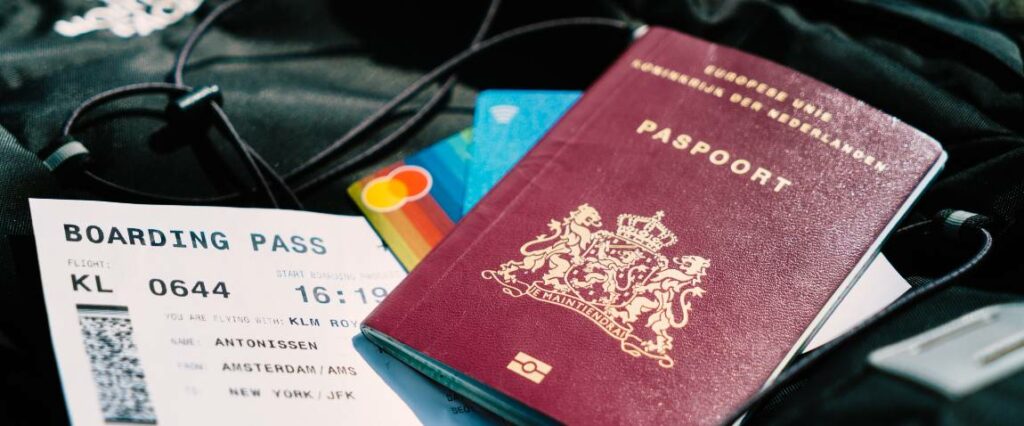
Red is the most widely used passport color in the world. One of the main factors influencing this number is that the passports of EU member states (excluding Croatia) are colored red. Also, some countries trying to join the European Union have recently changed their passports to red. Turkey, Albania, Macedonia, Serbia, and Georgia are also among these countries. Religious and historical reasons have led to the choice of red by European countries. One of the main factors in Christianity is the particular importance of the color red. The Nordic countries, on the other hand, preferred red in their passports as a symbol of the Viking tribes, which have an essential place in their history. Besides, countries with traces of communism in their political history or have the principles of socialism and communism in modern times also use red in their passports.
Green Color
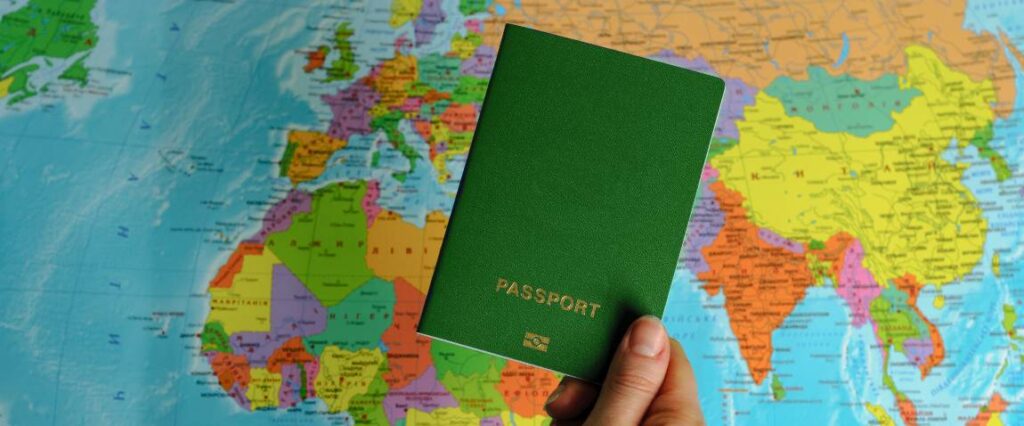
The color green usually symbolizes the country's religion and past. The main reason green is used in the passports of most Muslim countries and their flags are that green plays a crucial role in Islam and is recognized as the favorite color of the Prophet Muhammad. The color green is also known as the color of nature and peace. In addition to Muslim countries, many African countries have chosen green as the color of their passports. One of the reasons for this is that the member countries of the Economic Community of West African States have painted their passports green. Countries such as Nigeria, Burkina Faso, and Senegal are examples. The United States also used green passports until 1976 and even printed green passports in honor of Benjamin Franklin for a period of one year between 1993 and 1994 again, after painting them blue.
Blue Color

The second most used color as a passport color in the world is blue. Blue is more commonly used in North and South America and some Asian countries. It is believed that the color blue mainly symbolizes the "New World." Currently used in USA passports, this color has become a symbol of the modern world. Blue is the color used in passports mainly for political purposes and goals. In addition to countries known as the territories of the United States, such as the Caribbean, Puerto Rico, Guam, and American Samoa, South American countries such as Argentina, Uruguay, Paraguay, Venezuela, and Brazil have also included shades of blue in their passports. Mercosur seems to be one of the reasons why this color is preferred among South American countries. Thus, the South American countries, which are full members of the Mercosur organization, have unequivocally chosen the color blue as the color of their passports. In addition, Asian countries such as India, UAE, Iraq, Syria, Yemen, Israel also use blue shades in their passports. There is no known common reason why such countries choose blue.
Black Color
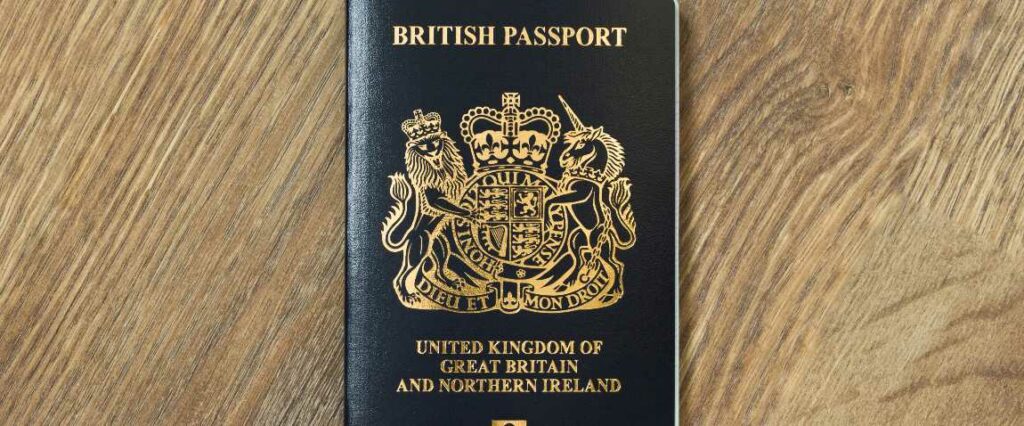
Among all colors of passports, the rarest one is black. Black is more commonly used in some African and Asian countries, as well as in New Zealand. The reasons for using black are different. Many point to the fact that this color looks more formal and also shows less wear and tear. In countries such as New Zealand, Botswana, and Zambia, black is the official color of the state, and this is the most critical factor in the use of black in the passports of these countries. In addition to African countries such as Angola, Congo, and Malawi, Asian countries such as Tajikistan and Palestine also prefer light or dark tones of black in their passports due to black's important role in their history and culture. Besides ordinary passports, diplomatic passports of many countries are also black. USA diplomatic passports can be seen as an example.
Passport Design
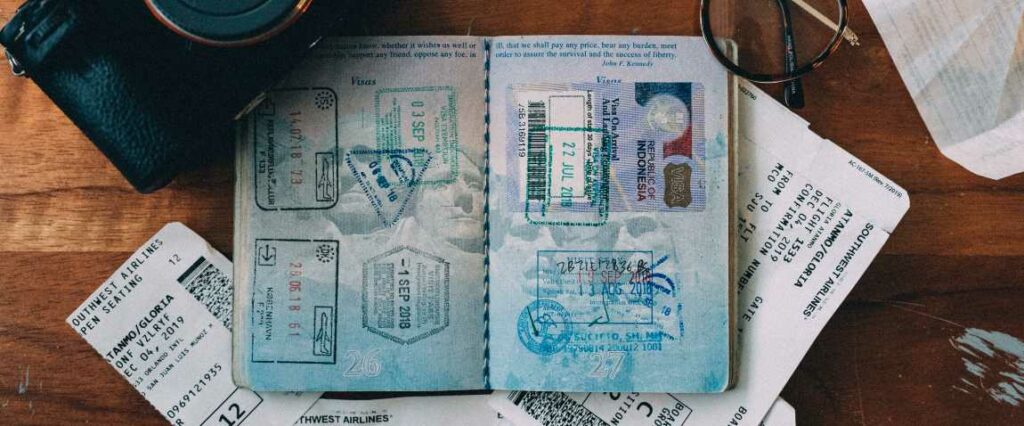
There is no official decision on the shape or size of passports. However, the passport designs of all countries are similar. It is rectangular, with the country's symbol and name on the cover, valid for all passports. The information contained in the passport is mainly displayed on the first or last pages. There are some recommendations regarding the form of writing this information, as well as nuances such as font and size. Biometric passports issued to citizens by many countries in recent years are now used in more than a hundred countries around the world.
The colors of passports do not give any meaning to their strength. For example, both the US passport colors and Syria passport colors have a blue color. However, the Syrian passport is currently recognized as one of the weakest passports. There are many different factors to consider when choosing passport colors. Colors tell the world a lot. The passport colors are a factor that shows the principles, history, politics, and culture of a country, state, and nation to the whole world.
For this reason, countries choose these passport colors with great care. The color of your passport, which you carry around and can open the whole world's doors to you, is a document that tells the world everything about you and your nation. Not only itself but also the color!

